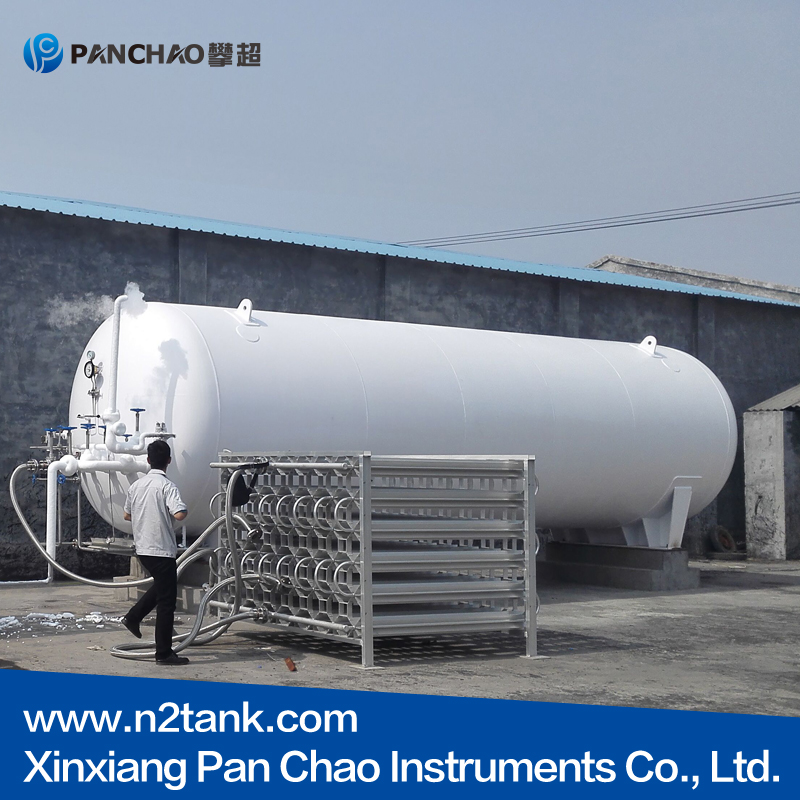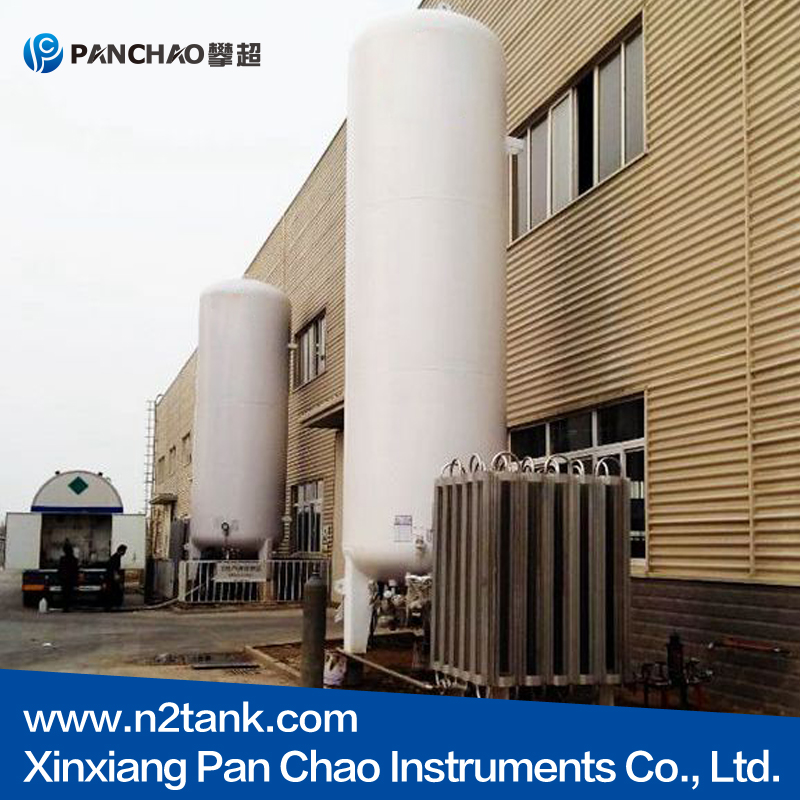Customizing non-standard sight glass is often necessary for industrial systems that require unique sizes, shapes, or material properties. However, because these products deviate from standard specifications, challenges can arise during design and production. Below are some of the most common problems—and effective solutions—to ensure reliable results.
1. Dimensional Accuracy Issues
One frequent problem in custom sight glass fabrication is inconsistent thickness or diameter tolerance. Even minor deviations can affect sealing or pressure resistance. The solution lies in precision machining and strict inspection, using CNC cutting and calibrated measuring tools to ensure each piece meets exact specifications.
2. Material Selection Errors
Choosing the wrong glass material can lead to thermal shock, corrosion, or optical distortion. For example, borosilicate glass performs well under temperature changes, while quartz glass offers superior light transmission and chemical resistance. Before production, engineers should conduct a compatibility assessment based on operating temperature, medium type, and pressure conditions.
3. Edge Finishing and Surface Defects
Rough or uneven edges may cause stress concentrations, leading to premature cracks. The recommended solution is fire polishing or fine grinding, followed by annealing treatment to remove internal stress and improve mechanical strength.
4. Mounting Compatibility
Non-standard sight glasses often need to fit customized flanges or housings. A 3D design preview or prototype fitting helps identify potential misalignments before mass production.
Conclusion
Custom non-standard sight glass manufacturing requires balancing precision, material suitability, and mechanical safety. By addressing common issues through improved machining techniques and quality control, manufacturers can deliver durable, high-performance products tailored to demanding industrial environments.







